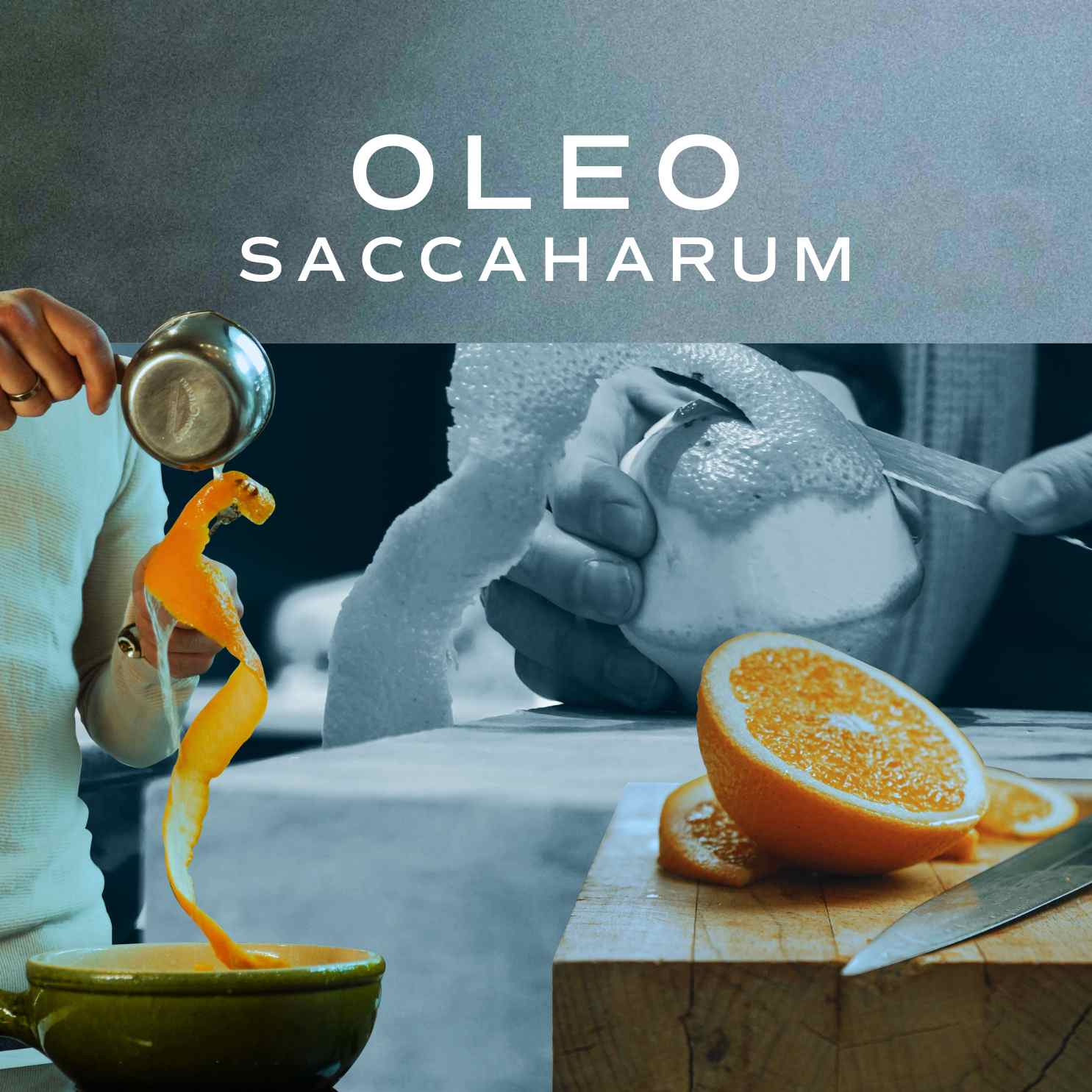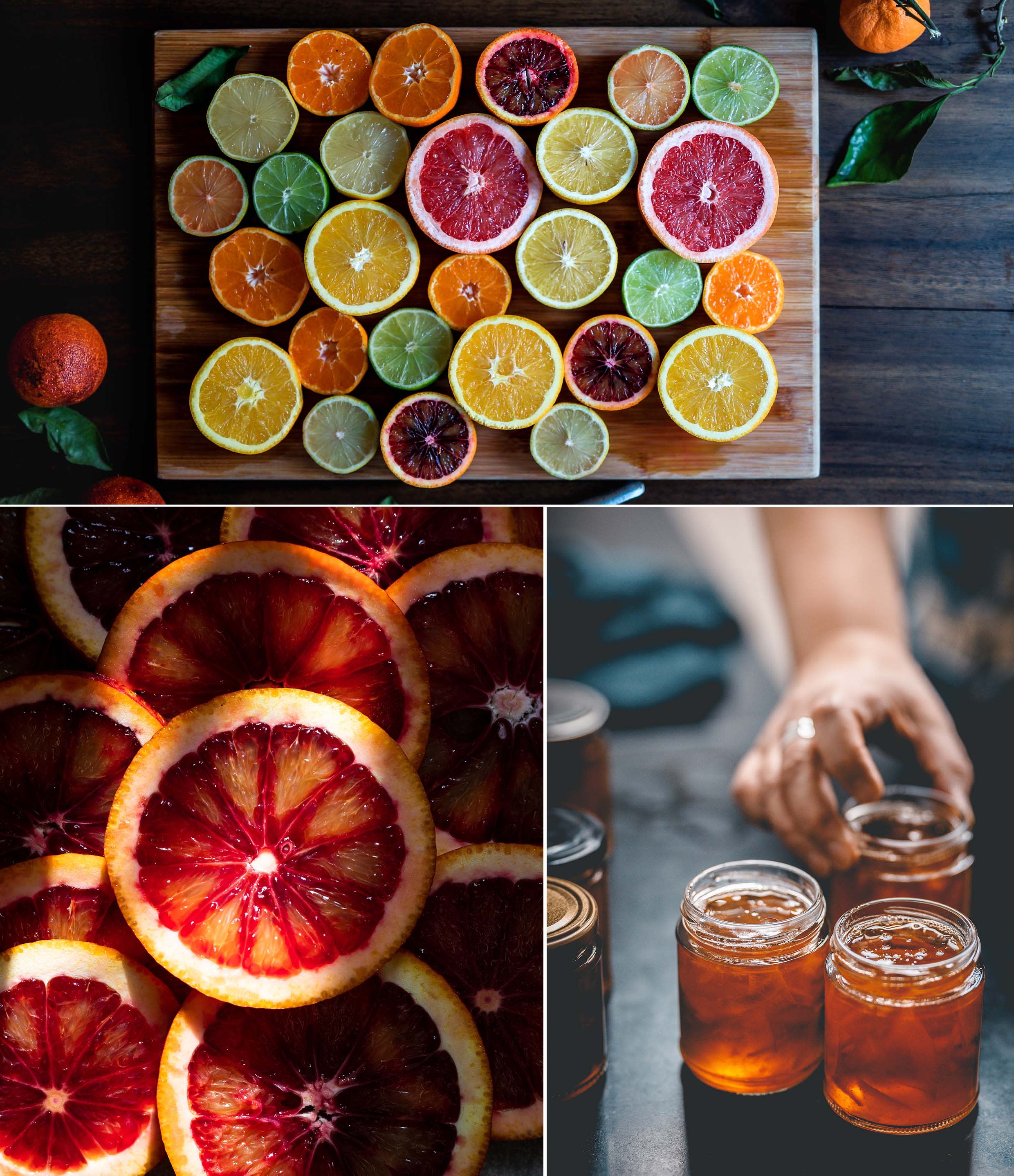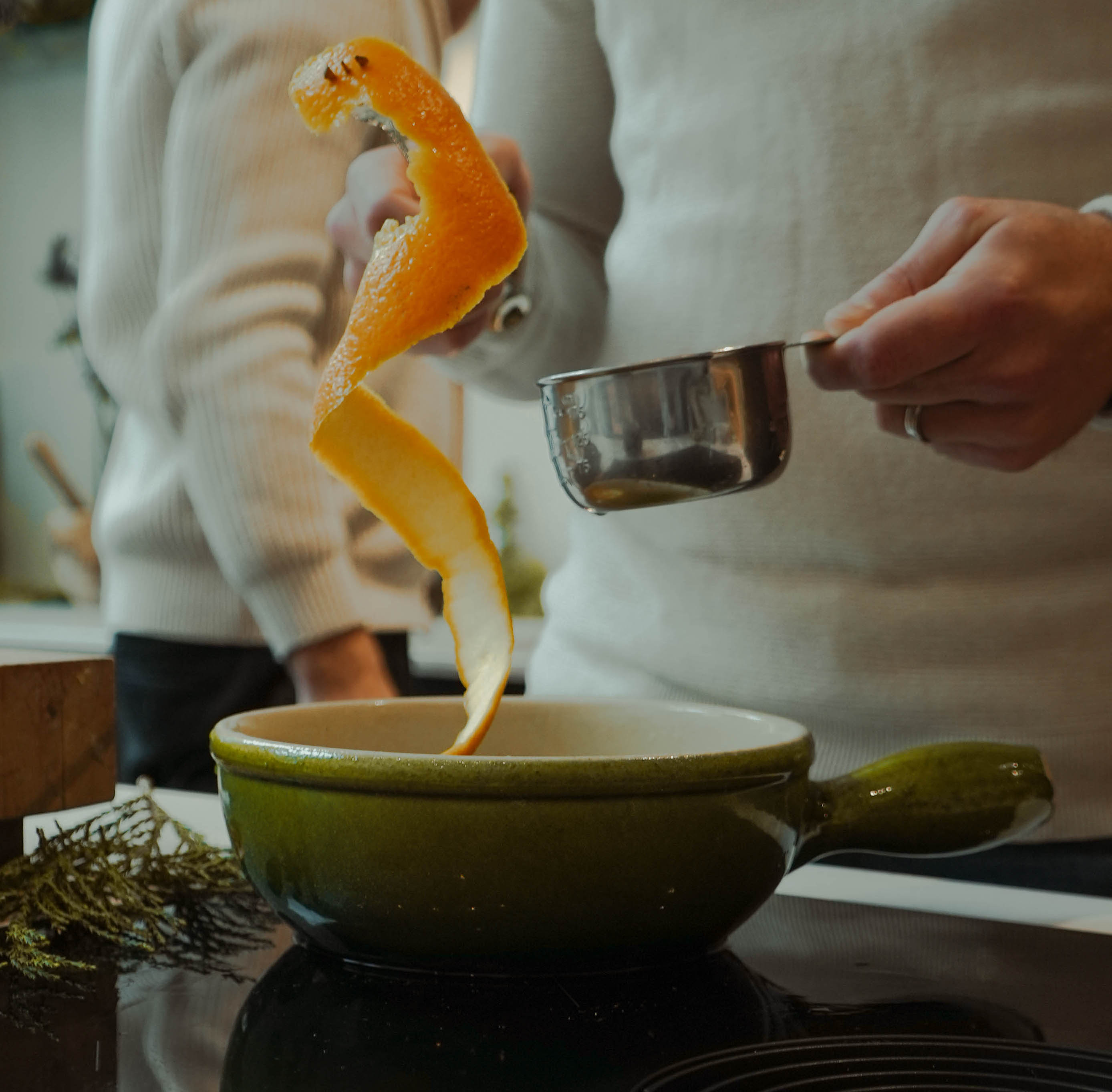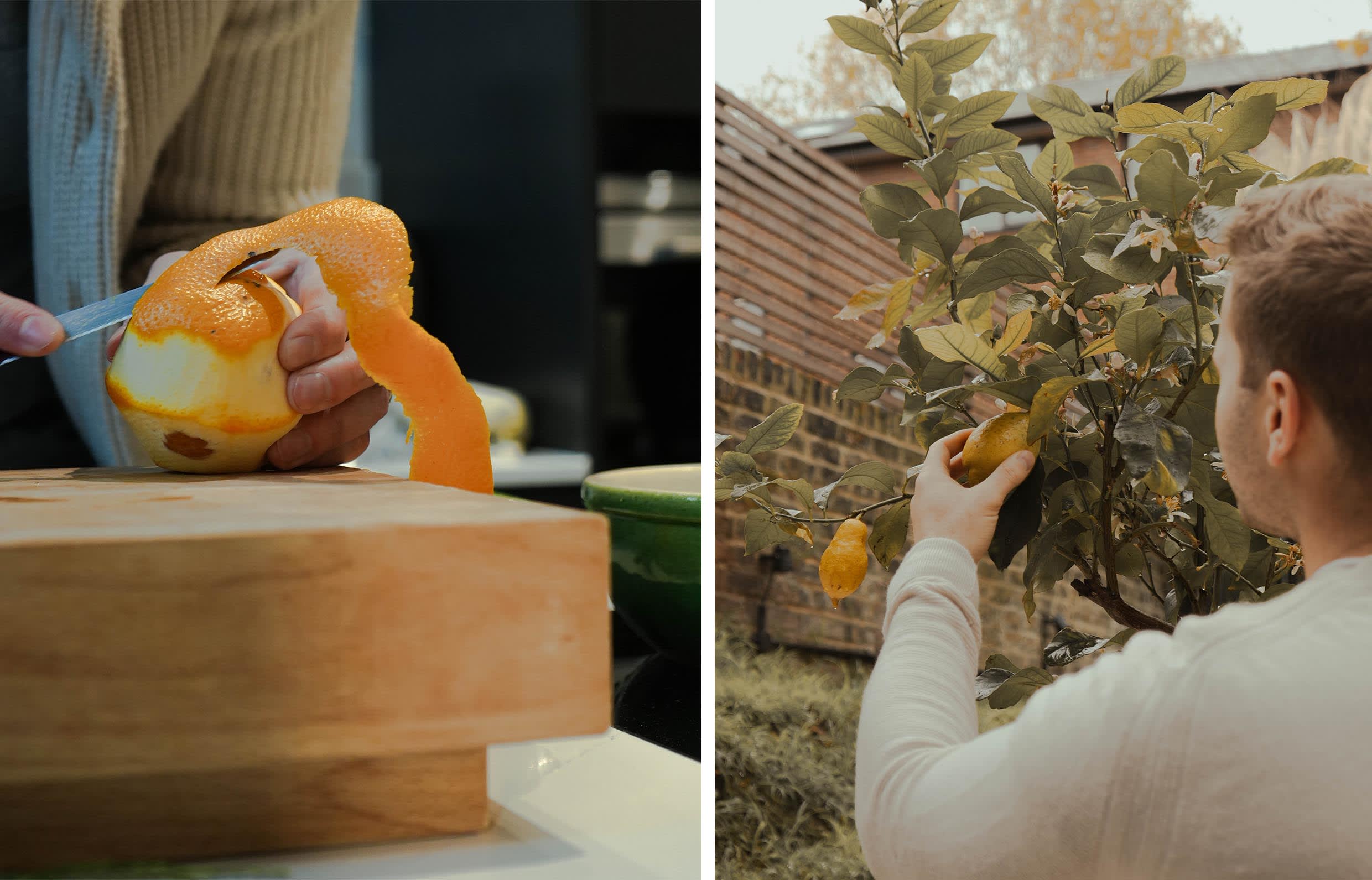

What is Oleo Saccharum?
Oleo Saccharum is a sweet and fragrant citrus syrup made by extracting the essential oils from citrus peels using sugar. This process creates a concentrated and flavourful syrup that can elevate the taste of various drinks. While most home drinkers don't know about it, Oleo Saccharum is often used in cocktails and punches in bars, adding depth and complexity to what they serve.
Both the technique and term "Oleo Saccharum" have their roots in the 18th century. The name itself is derived from Latin, with "oleo" meaning "oil" and "saccharum" meaning "sugar." The process involves combining plant material with sugar, which would help draw out the oils through osmosis. It was originally used by European apothecaries and pharmacists to extract essential oils from plants for medicinal purposes and much like the story of marmalade - it also moved from medicinal to culinary use over time.
In the context of cocktails, Oleo Saccharum became popular in the early 19th century as the technique helped create a delicious and aromatic base in punches. The method was employed by bartenders to extract the maximum flavour from citrus fruits and more importantly to make use of the entire fruit, which were often expensive and difficult to come by at the time.
Though its popularity waned during the 20th century, the technique of making Oleo Saccharum has experienced a resurgence in recent years. In particular, the revival of classic cocktails and the growing interest in craft bartending have contributed to the renewed appreciation for this traditional method.
Just as it was way back when - the bonus of making an Oleo’ is the way it reduces waste. Fresh citrus may not be as expensive as it was, but with the renewed focus on sustainability making sure we are maximising ingredients has become standard practice for most bars.
There’s no reason this can’t be the same at home too. Making an Oleo Sacchrum is a great way of ensuring you achieve zero waste from your fruit bowl. Green credentials aside, it's an economical and convenient solution too as the syrup can be stored in a sealed container in the refrigerator for up to a month.


How to make Oleo Saccharum at home
To make Oleo Saccharum, you will need citrus peels, granulated sugar and a non-reactive container or a resealable plastic bag.
Choose your citrus: Oleo Saccharum can be made with any citrus fruit, such as lemons, oranges, grapefruits or limes. You don’t need to stick to just one type either, so feel free to experiment with different combinations.
Prepare the peels: Carefully peel the citrus fruits, ensuring that you remove only the coloured zest, avoiding the bitter white pith.
Combine peels and sugar: Place the citrus peels in your non-reactive container or resealable plastic bag and add an equal amount of sugar by volume. Gently massage the sugar into the peels to release the essential oils, and then seal the container or bag.
Let the mixture rest: Allow the mixture to sit at room temperature for at least 4 hours, but preferably overnight. The sugar will draw out the citrus oils, creating a rich syrup.
Strain and store: Once the syrup has formed, strain out the citrus peels and transfer the Oleo Saccharum to a clean jar or bottle.
Before discarding the sugary peels, pour a tiny amount of water in the bag to extract the last of the oils and sugar. Seal and store it in the refrigerator for up to a month.


Tips for making the best Oleo Saccharum
- It goes without saying, but to state it unequivocally - choose fresh, high-quality citrus fruits for the most vibrant flavours.
- Experiment with different types of sugar, such demerara or muscovado, to create unique flavour profiles.
- You can gently muddle the peels with the sugar to release more of the essential oils, but be careful not to tear the peels.
- For an extra kick, add spices like cinnamon or star anise to the mixture before allowing it to rest.
- The actual oil content in any given citrus can vary greatly depending on the specific variety of fruit, its growing conditions and its maturity. What fruit you use, where it was grown and its ripeness makes a big difference.


Oleo Saccharum is a versatile ingredient that can add depth and complexity to your cocktails and culinary creations. By learning to make your own Oleo Saccharum at home, you'll reduce waste and get the most out of your citrus fruits, taking your creations to new heights.
Experiment with different citrus types, sugars, and even spices to craft unique flavours tailored to your personal preferences. Once you've mastered the art, you'll find it an indispensable addition to your bartender and chef toolkit, leaving your guests impressed and your taste buds delighted.
So, squeeze the day and elevate your drinks and dishes to the next level!

